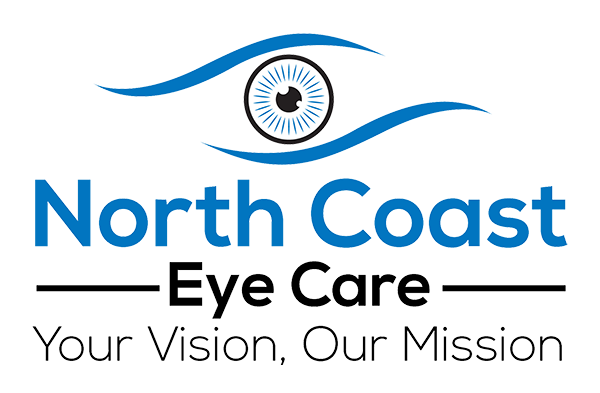Eye health is an important part of overall health. It’s crucial to childhood development and independent aging for adults. Most people depend on clear vision. It helps them participate in their occupation, hobbies, and even to perform most everyday tasks. If any part of your visual system is not working, or not conveying the appropriate messages to your brain, vision suffers. To understand how vision is possible, check out our video below.
Our eyes allow us to appreciate the beauty of the world, experience the joy of learning new activities, and undertake new adventures. Knowing the anatomy of your eyes and having regular exams is the best way to keep your eyes healthy and your vision intact.
Parts of the Eye
The sclera (the white part of the eye) is the opaque, fibrous, protective outer layer.
The pupil is the hole located in the center of the iris. It allows light to enter the eye. The pupil appears black because light rays entering the pupil are absorbed by the tissues inside the eye. Or they are absorbed after diffused reflections within the eye.
The iris is a thin, circular structure in the eye. It controls the diameter and size of the pupil. The color of the iris is often referred to as eye color.
The cornea is the transparent front part of the eye that covers the iris, pupil, and anterior chamber. The cornea with the anterior chamber and lens refracts light with the cornea. This accounts for approximately two-thirds of the eye’s total optical power.
The crystalline lens is a transparent and biconvex structure. Along with the cornea, it helps to refract light to focus on the retina. By changing shape, the lens functions to change the focal distance of the eye. This happens so that it can focus on objects at various distances.
The retina is a light-sensitive layer of tissue lining the surface of the eye. It captures light sent through the cornea and crystalline lens. It then creates an image by triggering nerve impulses that pass to various visual centers of the brain via the optic nerve.
The macula and fovea are small areas within the retina that contain the rods and cones. These structures determine the color and shape of the image you are viewing.


